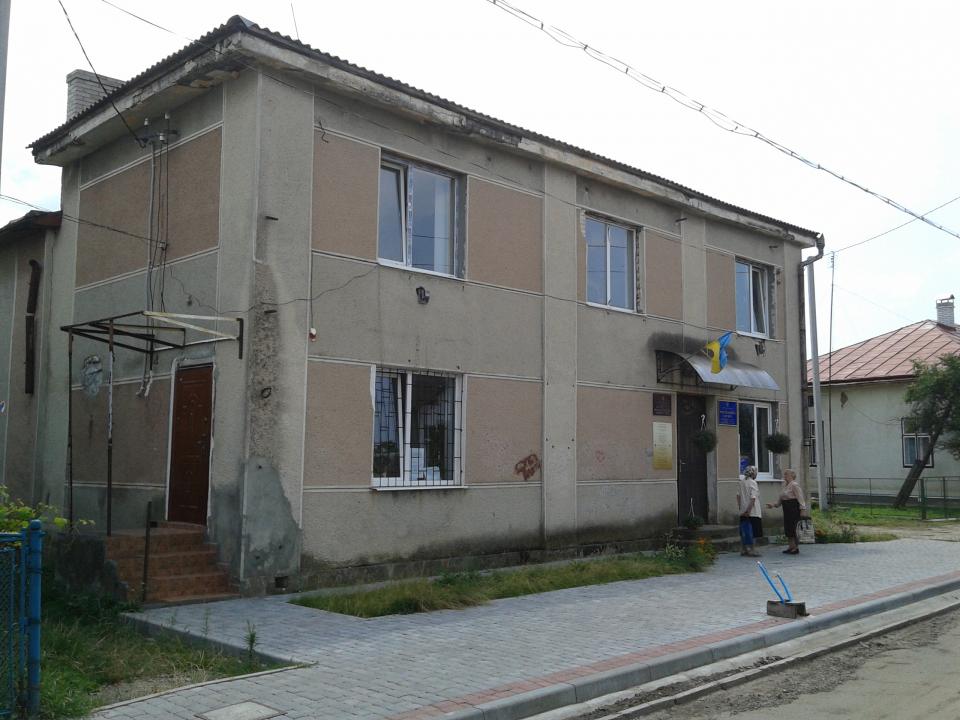

Murder story of Bolechow Jews in the Taniawa Forest (Berezino)

800-950 Jews were assembled in the hall of the former Red Army House, which used to be known as Dom Katolicki (the Catholic House) before World War I. There, the Jews were beaten up, forced to lie down on the floor on top of each other, and forbidden to stand up. Twenty-eight Jews (including the rabbis of the Bolechów community) were murdered in the hall, some of them suffocating to death. By nightfall, some employees of the German factories, as well as the Judenrat members and the Jewish policemen, were released. That night, some other Jews who had been caught hiding were brought to the Red Army House, as well.
The next day, October 29, having been subjected to various forms of physical and mental abuse and humiliation, and having been forced to hand over all their valuables and money, the Jews (who had also been brought in during the early morning) were taken out into the building's courtyard for a roll call. After standing there for several hours, they were loaded onto trucks and driven, under an armed guard, to the forest near the village of Taniawa, northwest of Bolechów. Upon arriving at the murder site, the victims were stripped naked and forced, in groups of ten, to step onto a plank that had been placed across the ditch, whereupon they were shot with machine guns, rifles, and pistols, and fell from the plank into the mass grave. Some of them were already dead, while others were merely wounded, and these were buried alive. In all likelihood, the shooters were members of the Security Police and SD unit from Stanisławów. The Ukrainian police guarded the murder site during the massacre. Those trying to flee were caught and killed at the same site.
Afterward, the Judenrat received a bill for the bullets that had been spent by the Germans during the operation, and for some other related "expenses". The Judenrat was also ordered to send some Jewish women to the Red Army House, to wash off the victims' blood.
The twenty-eight Jews killed in the Red Army House were buried at the Jewish cemetery.

